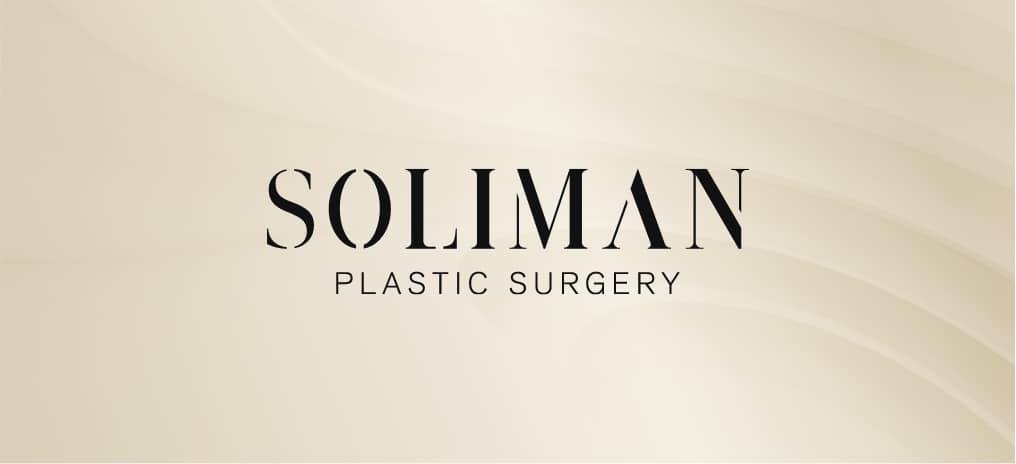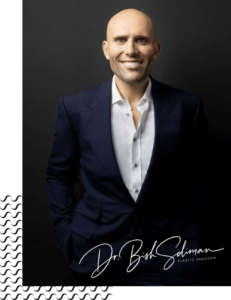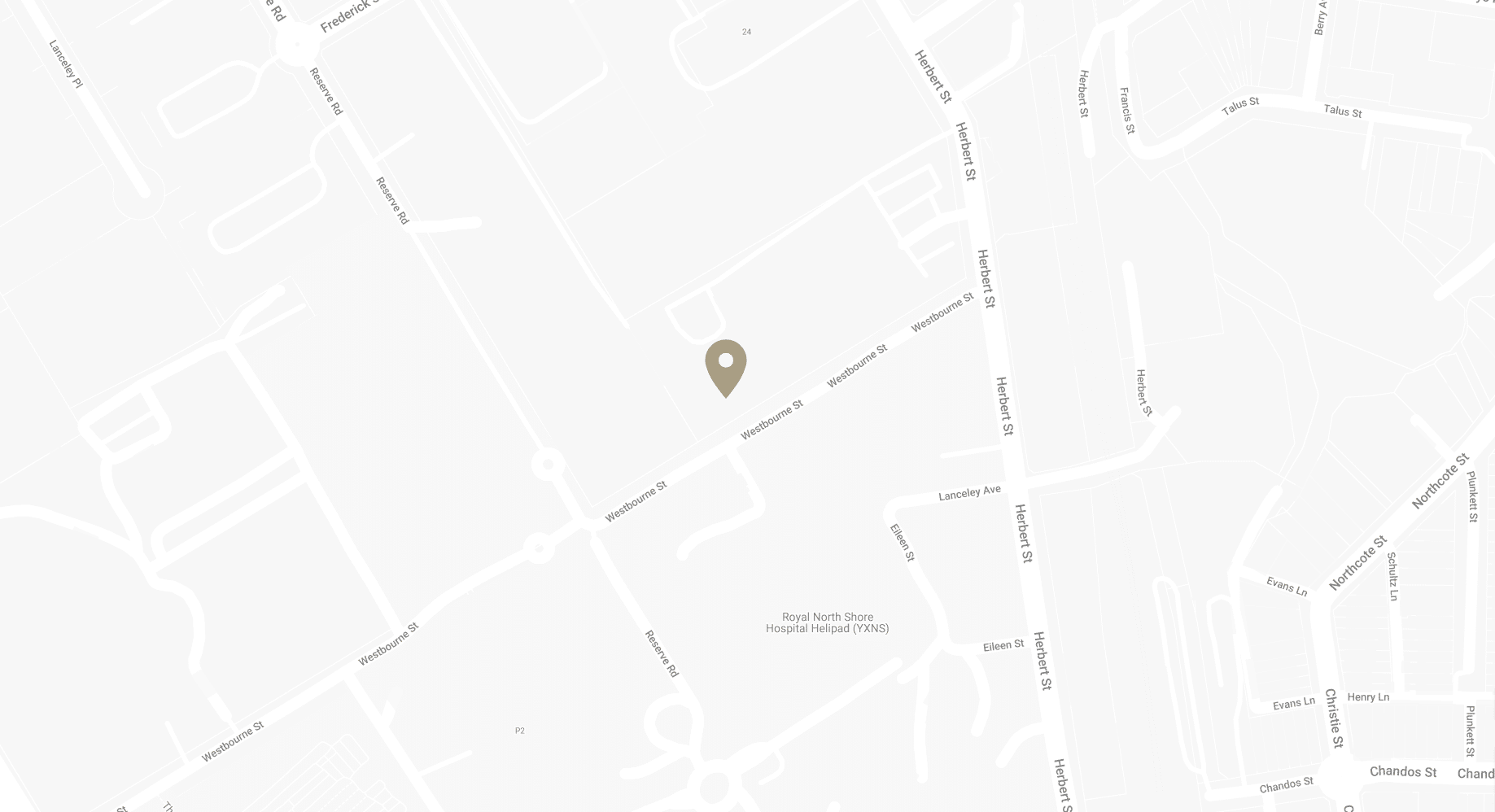Hooded Upper Eyelids: Causes and Effective Solutions
If you’ve noticed a drooping or heavy appearance in your upper eyelids, you may be dealing with a condition known as hooded upper eyelids. This is a common phenomenon that often accompanies ageing, but it can also be a result of genetics or other factors. Hooded upper eyelids can alter your appearance, and in severe cases, they can even interfere with your vision. Understanding the causes, implications, and potential solutions can help you make an informed decision about how to address this issue.
Hooded upper eyelids are characterised by an excess of skin hanging over the crease of the eye, creating a hood-like appearance. In some cases, this extra skin can droop down to the extent where it covers the eyelashes or the upper part of the eye. This condition is more than just a cosmetic concern, as it can lead to other problems like eye fatigue and difficulty applying makeup.
In this blog, Specialist Plastic Surgeon Dr Bish Soliman will discuss the causes of hooded upper eyelids, explore the various natural remedies and medical procedures available, and provide you with tips on maintaining healthy upper eyelids.
Download Dr Bish Soliman Blepharoplasty Guide

Causes of Hooded Upper Eyelids
Understanding the causes of hooded upper eyelids is the first step in finding a solution. One of the primary causes is ageing. As we age, our skin loses elasticity, leading to a sagging appearance. This effect is particularly noticeable around the eyes, where the skin is thin and delicate. Over time, the muscles in the eyelids can also weaken, contributing to the hooded appearance.
Genetics also play a significant role in the development of hooded upper eyelids. If your parents or grandparents have or had this condition, there’s a higher likelihood that you will, too. In addition, certain lifestyle factors can contribute to the development of hooded upper eyelids. These include lack of sleep, excessive sun exposure, smoking, and poor nutrition – all of which can accelerate the ageing process and lead to sagging skin.
Certain medical conditions or medications can cause hooded upper eyelids. For instance, conditions like thyroid disorders, allergies, and certain types of infections can lead to inflammation and swelling in the upper eyelids, creating a hooded appearance.
Implications of Hooded Upper Eyelids
Hooded upper eyelids not only affect your appearance but can also have a significant impact on your daily life. The excess skin can weigh down your eyelids, causing eye fatigue and discomfort. In severe cases, the drooping skin can partially obstruct your vision, making routine tasks like reading or driving challenging.
Moreover, hooded upper eyelids can make applying makeup more difficult. Eyeliner and eyeshadow may smudge or disappear under the excess skin, making it hard to achieve the look you want.
Natural Remedies for Hooded Upper Eyelids
There are several natural remedies for hooded upper eyelids that you can try at home. Regularly massaging your eyelids can improve blood circulation and stimulate muscle activity, which can help slow down the sagging process. Using anti-ageing skincare products with ingredients like retinol and peptides can also help improve the elasticity and firmness of the skin around your eyes.
Another natural remedy is to maintain a healthy lifestyle. Regular exercise, a balanced diet rich in antioxidants, and adequate sleep can all contribute to healthier, firmer skin. Reducing stress through mindfulness practices like yoga or meditation can also help, as stress can accelerate the aging process.
While these natural remedies are beneficial, they may not be enough to reverse severe hooding. In such cases, more advanced treatments may be required.
What Is Blepharoplasty?
Blepharoplasty is a medical procedure that can effectively address hooded upper eyelids. During this procedure, Dr Bish makes incisions in the creases of the upper eyelids to remove excess skin, muscle and sometimes fat. The result is a smoother appearance.
Blepharoplasty can be performed under local or general anaesthesia, depending on the patient’s preference and the plastic surgeon’s recommendation. The procedure takes about one hour, and patients can return home the same day.
While blepharoplasty is generally safe, as with any surgical procedure, there are potential risks, such as infection, dry eyes, or changes in vision. Therefore, it is crucial to discuss these concerns with your plastic surgeon before deciding to undergo the procedure.
Understanding Upper Eyelid Lift Surgery
Upper eyelid lift surgery, also known as upper blepharoplasty, is a specific type of eyelid surgery that targets the upper eyelids. The goal of this procedure is to remove excess skin, muscle and fat, giving the eyes a more open, alert appearance. In some cases, your plastic surgeon may also tighten the underlying muscles to enhance the results.
The recovery process after an upper eyelid lift surgery usually takes about one to two weeks. During this period, you may experience some swelling, bruising, or discomfort, which can be managed with medication. Most people can return to work and resume their regular activities within a week or two.
Though upper eyelid lift surgery can provide visible results, it’s important to have realistic expectations.
Comparing Natural Remedies and Medical Procedures
When deciding how to address hooded upper eyelids, it’s essential to weigh the benefits and drawbacks of natural remedies and medical procedures. Natural remedies are non-invasive, inexpensive, and have no downtime, but they generally offer less visible results. They are best suited for minor hooding or as preventive measures.
In contrast, medical procedures like blepharoplasty deliver more significant and immediate results. They can effectively remove the excess skin and fat that cause hooding, providing a long-lasting solution. However, they come with risks, such as infection or scarring, require recovery time, and are more costly.
Your choice between natural remedies and medical procedures will depend on the severity of your condition, your lifestyle, and your personal preferences. It’s always recommended to consult with a plastic surgeon to evaluate your options and make an informed decision.
Tips for Maintaining Healthy Upper Eyelids
Maintaining healthy upper eyelids involves a combination of good skincare practices and healthy lifestyle habits. Regularly cleanse and moisturise your eyelids to keep them hydrated and prevent premature ageing. Use sunscreen to protect your skin from harmful UV rays, which can accelerate skin aging.
A healthy diet rich in fruits, vegetables, and lean proteins can provide the nutrients your skin needs to stay healthy. Regular exercise boosts circulation, which can help keep your skin firm and elastic. Adequate sleep is also crucial, as lack of sleep can lead to tired-looking, saggy eyes.
Avoid smoking and excessive alcohol consumption, as these habits can accelerate skin ageing.
When to Consider Surgery
Consider surgery if natural remedies aren’t providing the results you want, or if your hooded upper eyelids are causing discomfort or vision problems. In these cases, a procedure like blepharoplasty or an upper eyelid lift can provide a more effective solution.
Remember, deciding to undergo surgery is a significant decision that should not be taken lightly. Take the time to research, ask questions, and weigh your options before moving forward.
FAQs about Hooded Upper Eyelids and Surgical Solutions
How do hooded eyelids affect one’s appearance or vision?
- Aesthetically, hooded eyelids can give a tired, aged, or heavy appearance to the eyes. They can sometimes make it challenging to apply makeup, as the hooded portion can obscure eyeshadow and make eyeliner smudge. In severe cases, the drooping skin can also impair peripheral vision.
What surgical solutions are available for hooded upper eyelids?
- The most common surgical procedure to address hooded upper eyelids is blepharoplasty, also known as an eyelid lift. This procedure involves removing the excess skin and sometimes fat to restore a more alert appearance to the eyes. It can be performed on the upper eyelids, lower eyelids, or both.
Are there non-surgical alternatives to address hooded upper eyelids?
- Yes, there are non-surgical treatments available, although results might not be as long-lasting or dramatic as surgery. Some of these options include muscle relaxant injections to lift the brow and open up the eye area, fillers to provide volume and lift, and laser treatments or Ultherapy to tighten the skin. Consulting with a plastic surgeon can help determine the best approach based on individual needs.
Further Reading about Face Procedures with Dr Bish Soliman
- Read Dr Bish’s Blepharoplasty Surgery Page
- Read Dr Bish’s Lip Lift Surgery Page
- Read Dr Bish’s Blog about Tips to Reduce Swelling and Bruising After Eyelid Surgery
- Read Dr Bish’s Blog about How Painful is it to Get Blepharoplasty Stitches Removed?
- Read Dr Bish Soliman’s Blog about Will Medicare cover my Eyelid Surgery?
- Read Dr Bish Soliman’s Blog about FAQ’s about Upper Blepharoplasty Surgery (Upper Eyelids)
- Read Dr Bish Soliman’s Blog about Preparing for Upper Blepharoplasty Surgery performed in rooms
- Read Dr Bish Soliman’s Blog about Causes of Ageing Eyes – Losing Vision with Drooping Eyelids
- Read Dr Bish Soliman’s Blog about Biggest Mistakes Surgeons Make with Blepharoplasty Surgery



